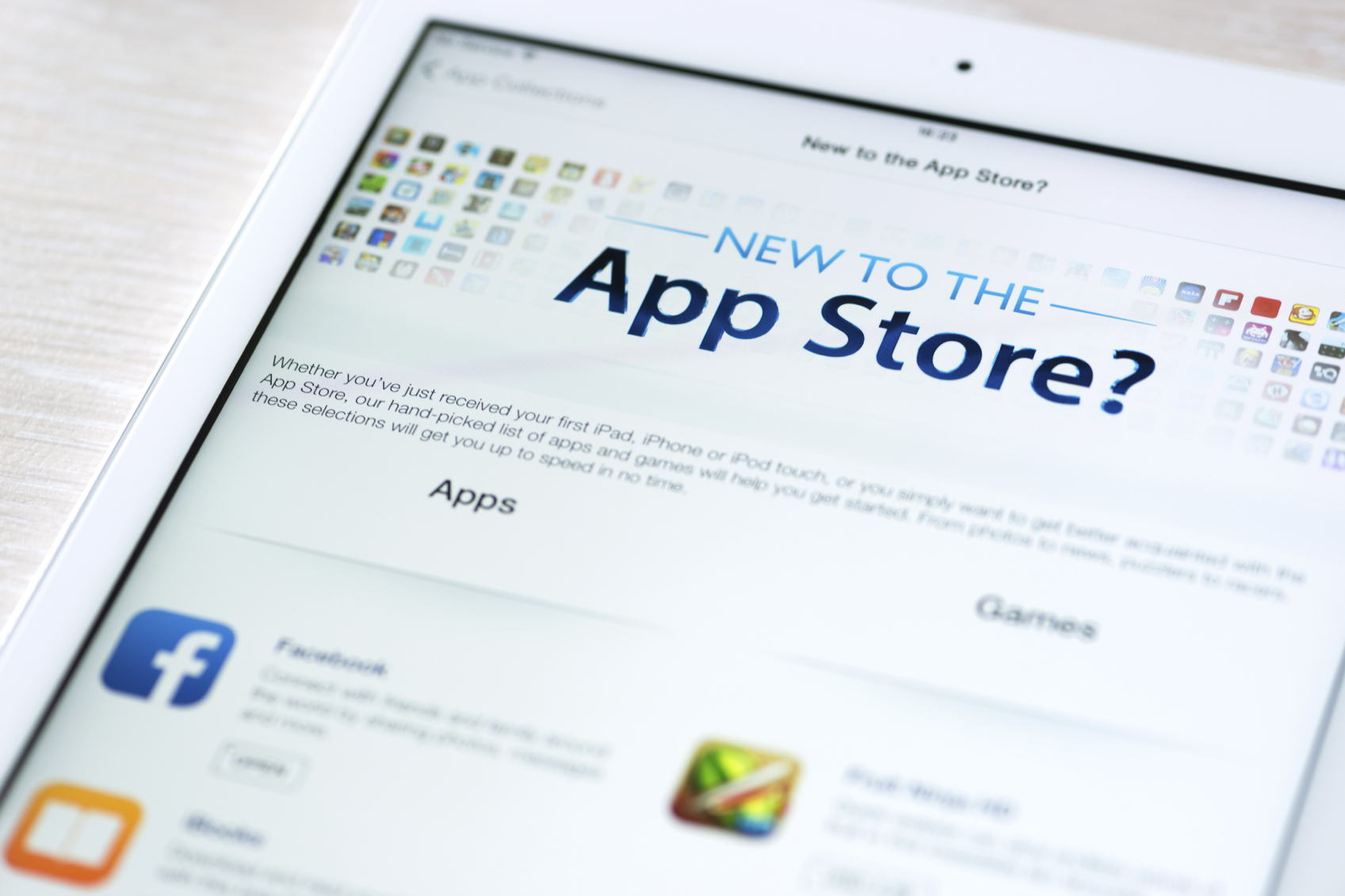Location-based services have been in existence for quite some time, but that doesn’t mean there isn’t room for some serious improvements. If you want to share your location today, you can use GPS and wifi which work to a point, but certainly have their drawbacks. Just think about that time you stood paralyzed on the corner trying to decipher that blue dot on Apple maps before turning left or right. Well, a new feature rolling out in iOS 7 appears to solve that problem, and a few others.
Named iBeacon, Apple’s new feature will make use of Bluetooth Low Energy to send data to phones over short distances, approximately 10-50 ft in range. Using low cost energy emitters from companies like Estimote, companies will be able to deliver contextual data to phones within apps integrating iBeacon’s SDK. The result has many use cases, but the most groundbreaking being indoor mapping, which has been a tough nut to crack for retailers worldwide. Because of its improved location data, retailers will be able to identify where a shopper is, down to the aisle to guide them through the store. Beyond navigation, retailers will also be able to deliver hypertargeted offers and messaging. For instance, if a retailers sees that a shopper has been near the deli aisle too long, why not give them an offer for condiments. Take the big data and run with it. Other use cases range from mobile payments to more precise social check-ins.
Recent buzz around iBeacon has also pointed out its potential to supplant NFC and QR codes which have been used to forge a physical/digital connection albeit with less market penetration and greater cost. That said, tech like NFC will still have it’s unique capabilities as it provides connectivity at the product level, something that cannot be said from BLE.
Despite all of the tremendous benefits of iBeacons, privacy concerns cannot be overlooked which may explain why Apple has been conspicuously quiet about this feature in the iOS 7 announcements. The data accessible through this rollout would give developers a tremendous amount of data, like precisely how long you spent in the bathroom at JC Penney. As always, it is less about the data and more about how you use it, so let’s hope that marketers and app developers are smart about how they communicate this information with their users.

